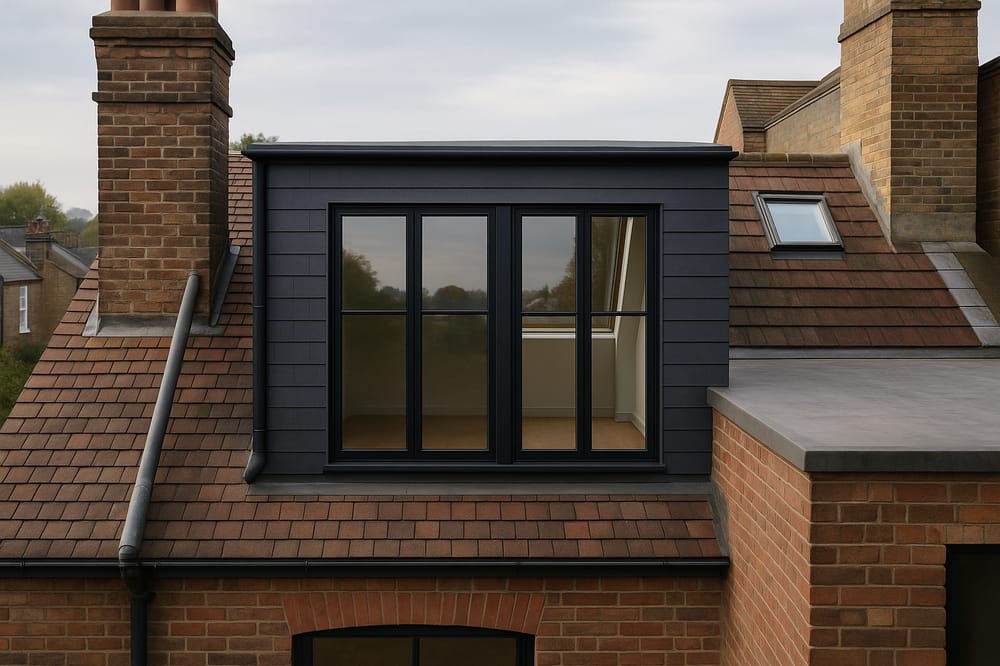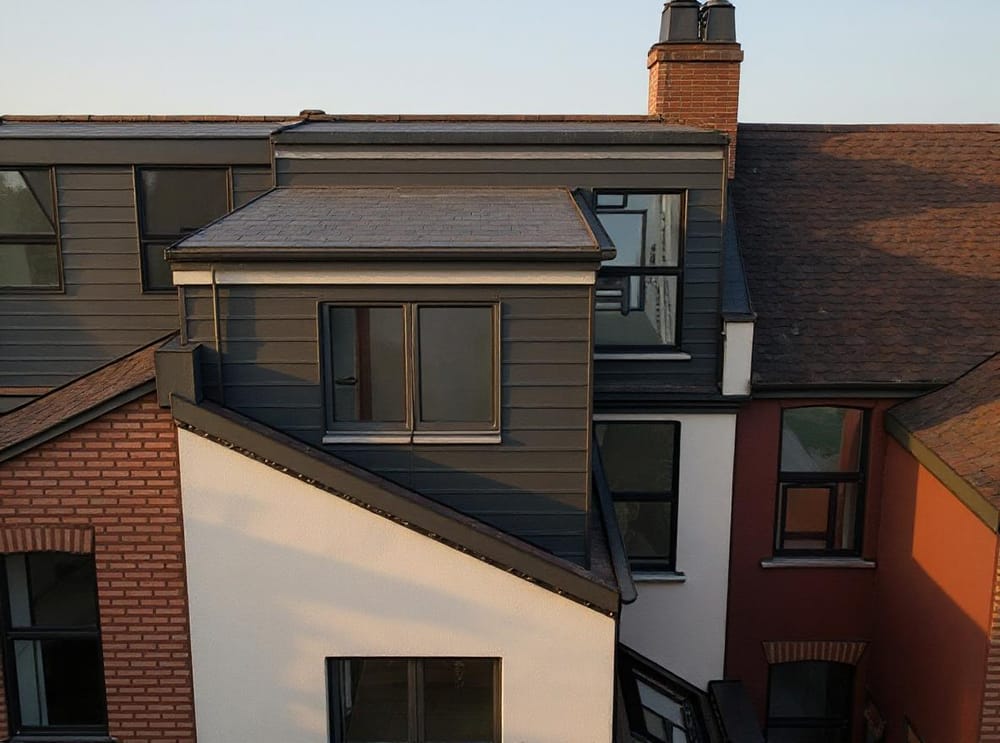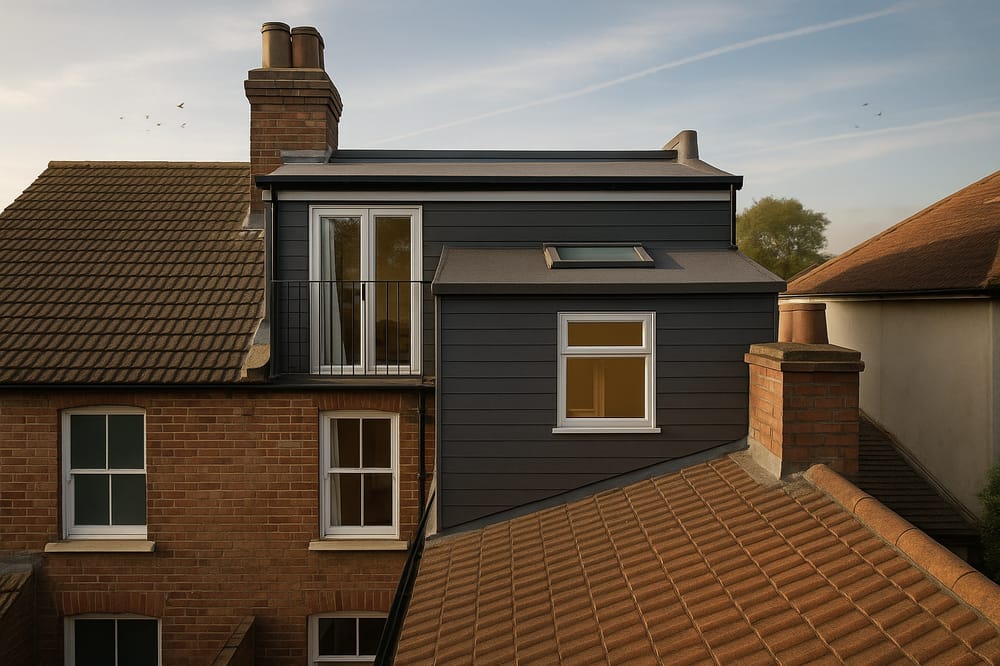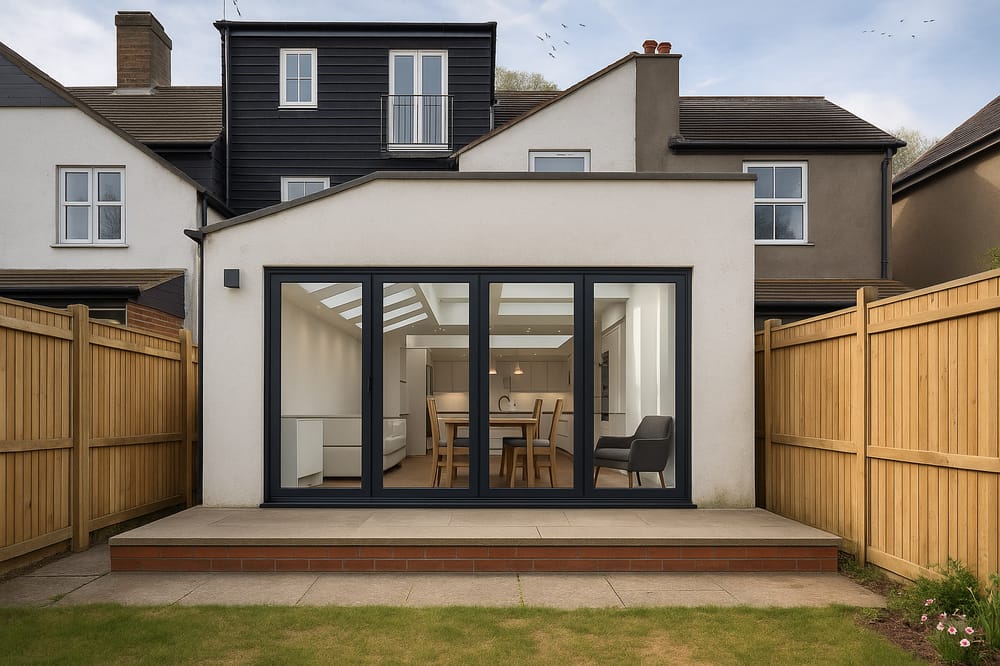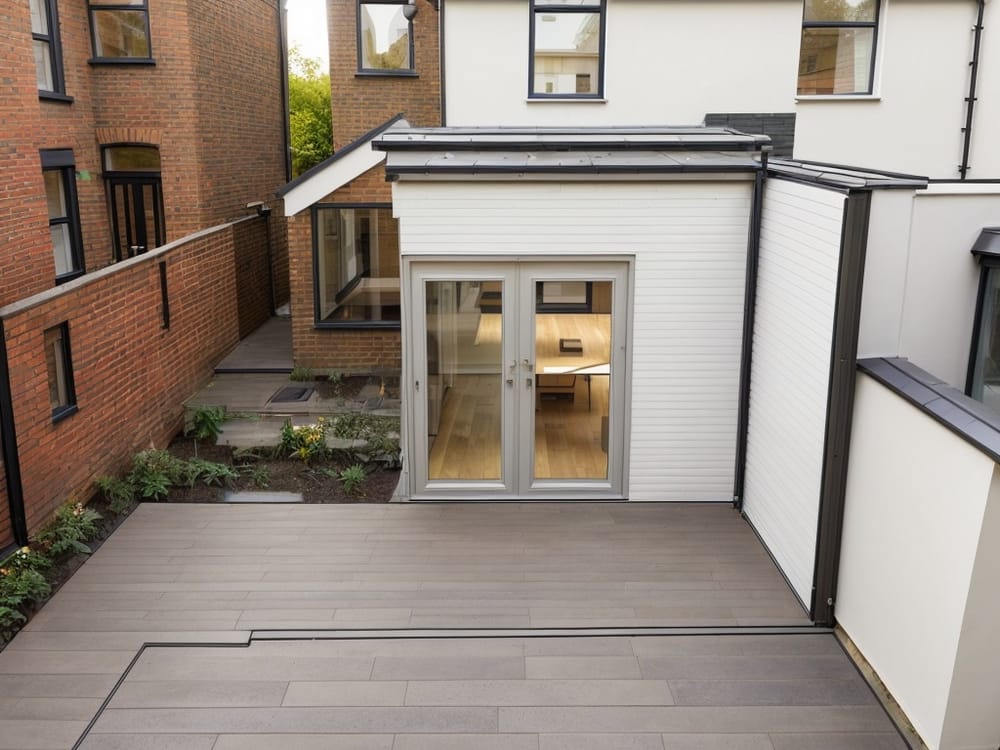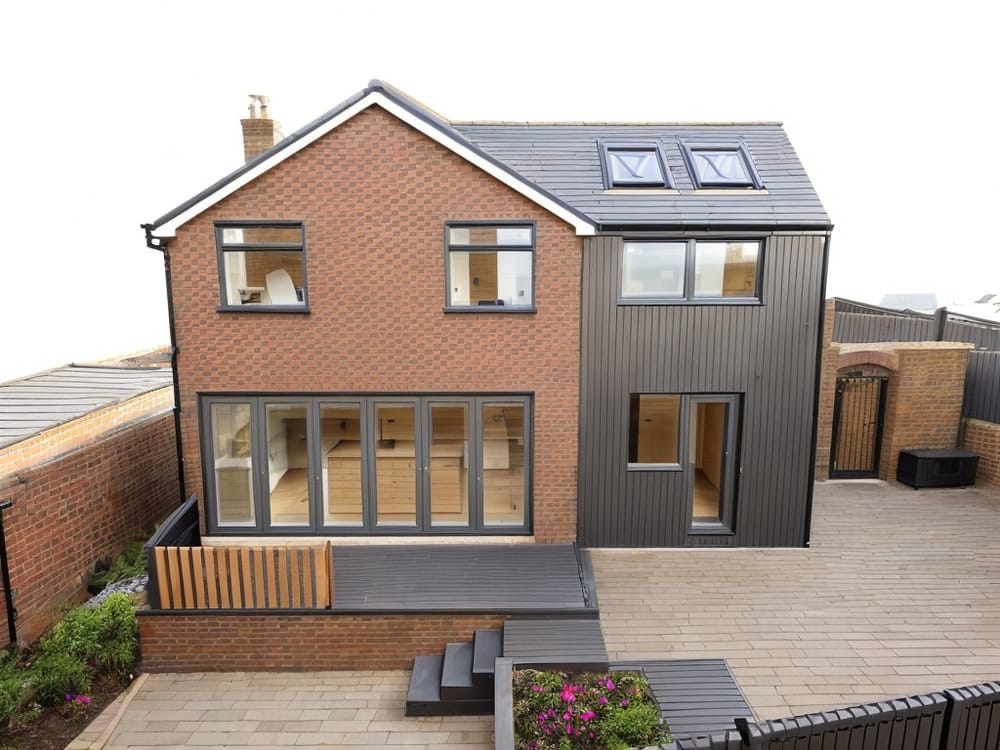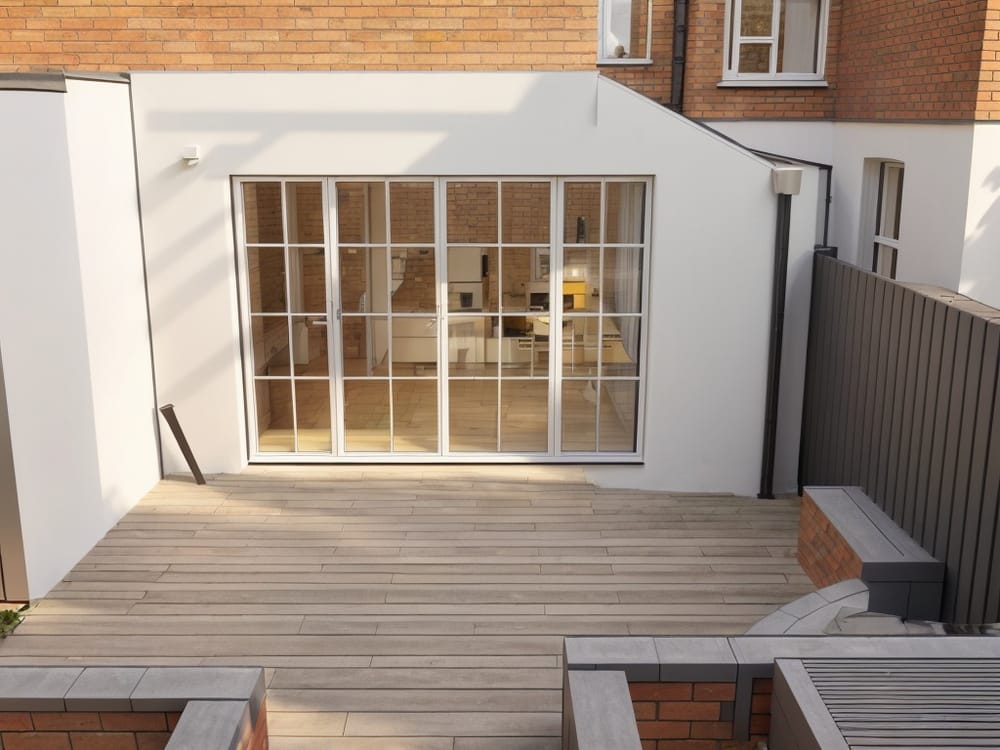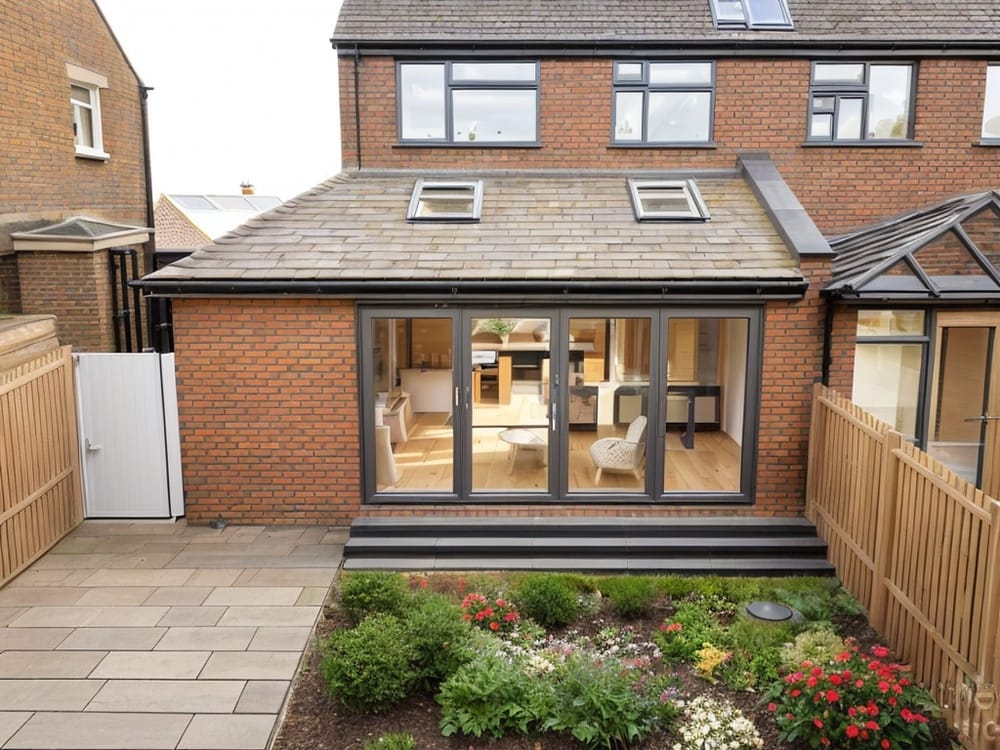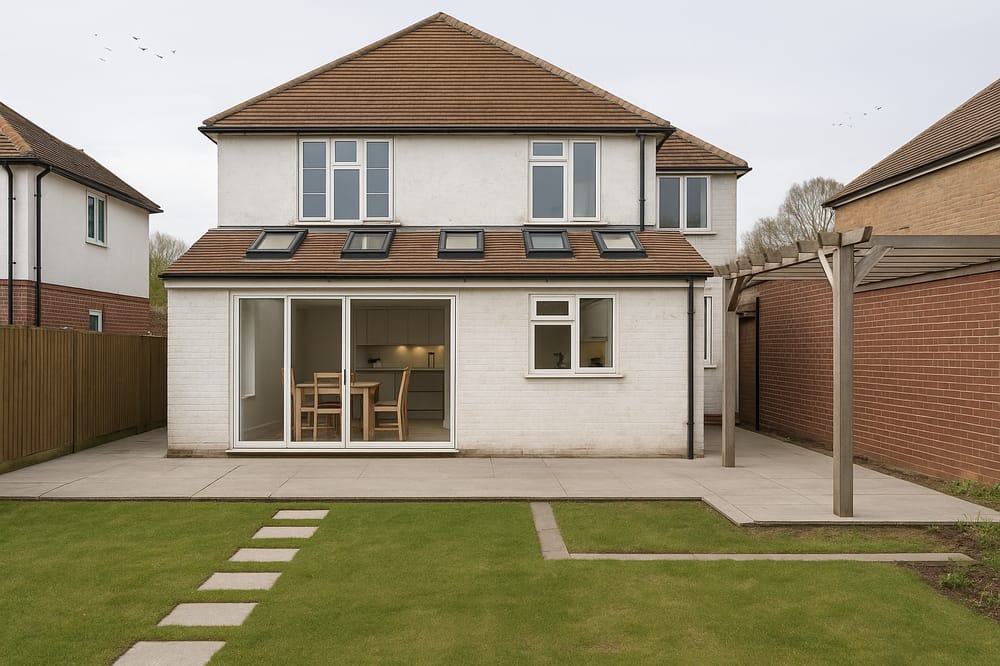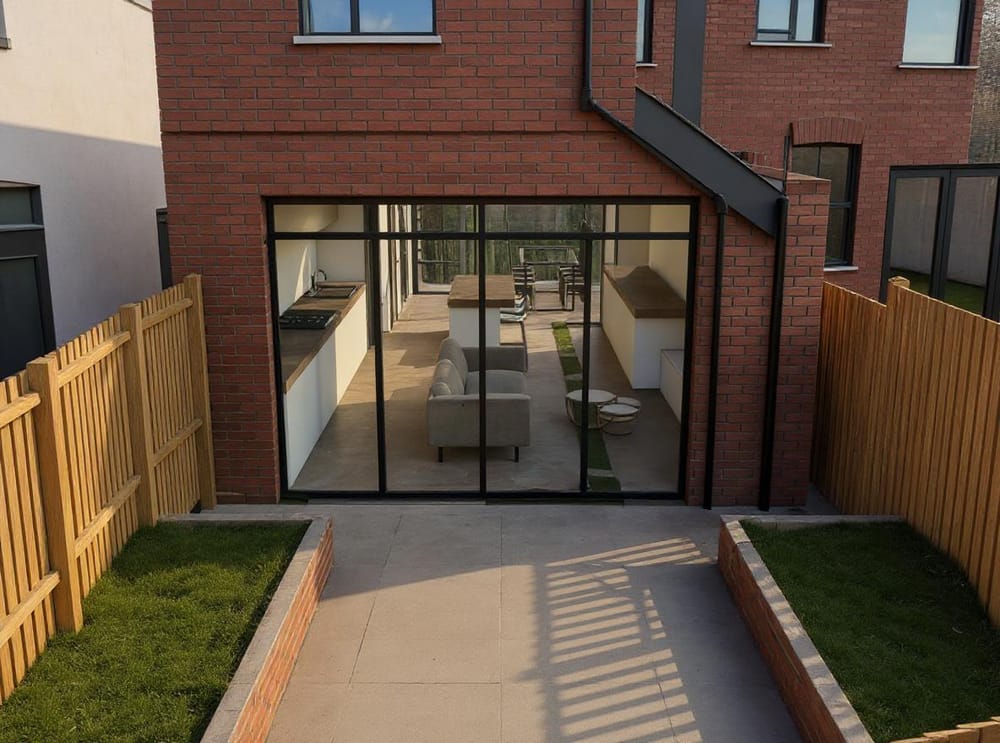With the exponential rise of energy costs and increasing demand for sustainable energy throughout the UK and Europe, solar energy’s appeal has skyrocketed.
As they produce energy that is safe, renewable and increasingly affordable, solar panels have asserted themselves as ideal for making the transition to a green future.
Progressively, more UK households are making the switch to solar energy, which has led many to ask: how do solar panels work?
How do solar panels work to generate electricity?
Solar panels rely on the sun to work, harnessing sunlight and turning it into electricity. Quite broadly, the sunlight captured by a solar panel is absorbed by photovoltaic cells that create electrical charges within the panel. Let’s take a closer look at what solar photovoltaic cells are.
Solar photovoltaic cells
Photovoltaic (PV) cells are the building blocks of a solar panel. Made from semiconductor material - a material whose electrical conductivity is in between an insulator and a typical conductor like metal - PV cells can both reflect and absorb light.
When sunlight hits PV cells, its energy is changed into electrons, particles that carry a negative charge. The flow of these electrons through the semiconductor material creates an electrical current. The current is then extracted l by metal conductor materials, which are the lines you can see on your solar panel.
Read more here on the science behind solar panels.
The current generated is a direct current (DC), which is unusable on a power grid. So with a solar inverter, the direct current is transformed into alternating current (AC). This current can then flow through a household’s electrical grid.
If you want to know more, this informative video by Richard Komp will help shine light on how solar panels work.
How are solar panels built?
There are many questions about the production process of solar panels and how eco-friendly the materials used are.
Are solar panels eco-friendly?
The main material used for solar panels is silicon, a semiconductive and very abundant resource. Silicon is the second most abundant element on the planet (behind only oxygen), so there is very little worry about running out of it!
Despite the abundance of silicon, mining the element can pollute surrounding air or water. Furthermore, the silicon is melted down by burning coal, which has a sizable environmental impact.
Silicon needs to be purified before use, which is done in most cases with electric furnaces. The purification process creates cylinders of pure silicon, or silicon “ingots”, which are cut into very thin slices. These slices are clipped into hexagonal or rectangular shapes, adapted to the desired shape of the solar panel.
Boron and phosphorus are added to the silicon, which creates both a positive and a negative charge. It is the presence of both charges that enables the flow of current and thus the production of electricity.
Silicon is very reflective, so it is necessary to coat the element with materials that are anti-reflective, so as to capture all sunlight that comes in contact with the solar panel. To complete the production of the panel, it is sealed into either vinyl or rubber. The panel is then finally surrounded by a frame made of aluminum and shut behind a glass or plastic sheet.
Find out more here about the production process of solar panels.

It is important to note that a large portion of solar panels are manufactured in China, and are then transported to the UK. Although estimates are unclear regarding the environmental impact of solar panel transport, transport definitely adds to the carbon footprint of solar panel production.
An additional issue is solar panel recycling. Solar panels aren’t yet recyclable, which is an issue as they require precious metals for production.
How does grid connection work with solar panels?
Solar panels constitute not only a clean and renewable source of energy, they will enable you to pay much less for your energy! Let us explain how this is possible.
Not all solar panels are directly connected to the grid, as some households have solar batteries that stock generated energy.
At times when the solar panel produces more energy than it is able to stock, it sends all excess energy to the national power grid. The household is given energy credit in exchange for the surplus, which it will be able to use during the winter months, when solar energy production is lower.
With a solar panel, you will see a reduction in your energy bills. Bear in mind, however, that the extent of this reduction depends on how well your home is isolated. Also, a solar panel can only help heat a house with an electricity-powered heating system.
During the winter months, reduced sunlight means a reduction in energy production.
Read here about all the ways in which solar panels can help reduce energy bills.
To sum it up
Solar panels are an affordable option for homeowners who wish to rely on renewable energy. Their manufacturing process remains relatively simple and relies on materials that are plentiful on our planet. Production, however, has a non-negligeable environmental impact, from the mining and melting of precious metals, to the transportation of solar panels from China to the UK.
With these panels, we are able to convert the endless energy of the sun into electricity that we can harness. Solar panels are also a great option to help households reduce their energy bills thanks to their connection to the power grid.
